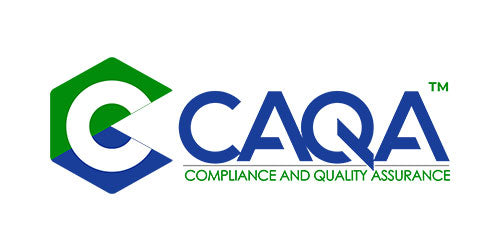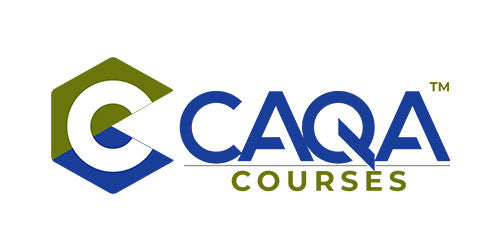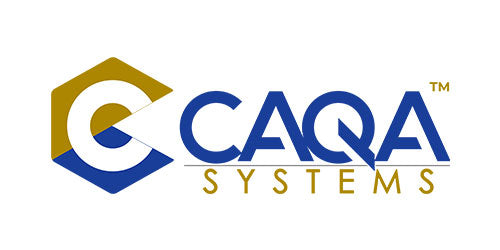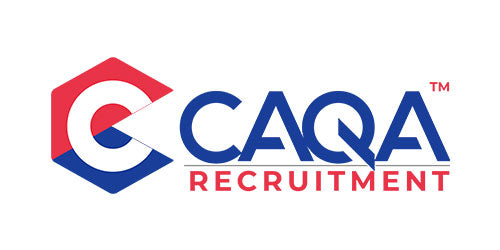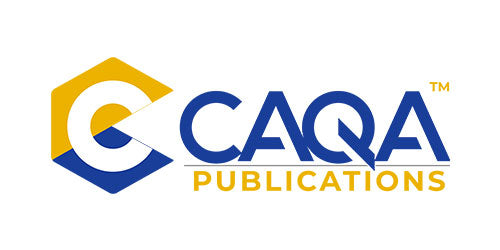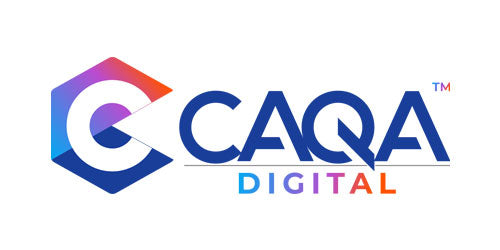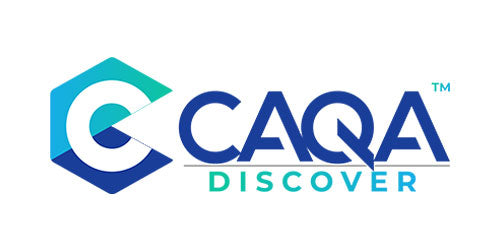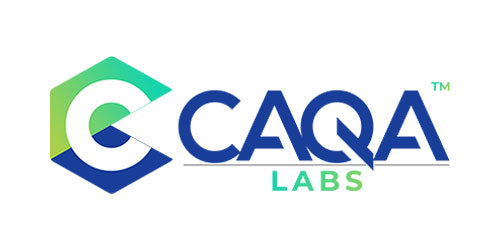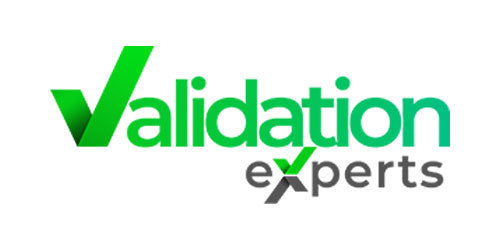When it comes to ensuring the quality and compliance of a Registered Training Organisation (RTO), the Training and Assessment Strategy (TAS) is a critical document that auditors meticulously examine. The TAS serves as the blueprint for delivering a training product that meets the standards set by the regulatory bodies. Auditors use the TAS to assess whether the RTO has a solid framework in place to provide learners with a high-quality educational experience that aligns with the requirements of the training package or accredited course.
One of the primary focuses of auditors is the location where the training will be delivered. The TAS must clearly outline the venues or facilities where the training will take place, ensuring that they are suitable for the intended purpose. Auditors will assess whether the chosen locations have the necessary infrastructure, equipment, and resources to support effective learning. They will also consider factors such as accessibility, safety, and the overall learning environment to determine if the training locations are conducive to student success.
Another crucial aspect that auditors examine is how the training will be delivered. The TAS should provide a detailed description of the delivery methods and strategies employed by the RTO. This includes the modes of delivery, such as classroom-based instruction, online learning, workplace training, or a blended approach. Auditors will evaluate whether the chosen delivery methods are appropriate for the target learner cohort and the nature of the training product. They will also assess the effectiveness of the delivery strategies in engaging learners, promoting active participation, and facilitating the acquisition of knowledge and skills.
The method of course delivery is another key area of focus for auditors. The TAS must clearly articulate the instructional approaches and techniques used to deliver the training content. This may include lectures, workshops, simulations, case studies, practical demonstrations, or other interactive learning activities. Auditors will examine whether the selected delivery methods align with the training product's learning outcomes and assessment requirements. They will also consider the suitability of the delivery methods for the learner cohort, taking into account factors such as learning styles, prior knowledge, and individual needs.
Auditors pay close attention to the resources and support services provided to students throughout the training program. The TAS should outline the learning materials, equipment, technology, and other resources that will be made available to learners. This includes textbooks, handouts, online resources, software, tools, and any specialised equipment required for practical training. Auditors will assess the quality, relevance, and accessibility of these resources to ensure they effectively support the learning process. Additionally, the TAS should describe the support services available to students, such as academic support, counselling, disability services, or language assistance. Auditors will evaluate the adequacy and effectiveness of these support mechanisms in meeting the diverse needs of learners.
The trainers' and assessors' qualifications and expertise in delivering the training are of utmost importance to auditors. The TAS must provide information about the staff involved in the training program, including their relevant qualifications, industry experience, and training and assessment competencies. Auditors will scrutinise the trainers' and assessors' qualifications and skills to ensure they meet the requirements set by the training package or accredited course. They will also look for any skill gaps or areas where additional professional development may be necessary to maintain the quality of training delivery.
Auditors will closely examine the entry and exit requirements outlined in the TAS. The entry requirements should clearly specify the prerequisites, such as prior qualifications, language proficiency, or industry experience, that learners must meet to enrol in the training program. Auditors will assess whether these requirements are appropriate and aligned with the demands of the training product. Similarly, the exit requirements should be well-defined, indicating the criteria learners must satisfy to successfully complete the program and obtain the relevant qualification or statement of attainment. Auditors will evaluate the clarity and fairness of these requirements to ensure they are transparent and accessible to all learners.
The instructions and information provided to trainers and assessors in the TAS are critical for ensuring consistency and quality in the delivery of the training program. Auditors will carefully review the TAS to determine if it provides clear and comprehensive guidance to the training staff. This includes information on the training plan, session plans, assessment strategies, and any specific instructions or protocols that trainers and assessors must follow. Auditors will assess whether the TAS effectively communicates the expectations, roles, and responsibilities of the training staff, enabling them to deliver the training consistently and competently.
It is important to note that the regulatory body can request a compliant TAS anytime, whether before, during, or after an audit or any other regulatory activity. This highlights the significance of having a well-developed and validated TAS in place before commencing the delivery of training. The TAS should be carefully crafted to ensure it is "fit-for-purpose," meaning it accurately reflects the unique requirements of each course, delivery mode, learner cohort, and location.
The RTO must provide a modified TAS in situations where variations occur in the training and assessment, such as catering to a different learner cohort or adapting to a new delivery mode. Auditors will examine these modifications to ensure they are appropriate and maintain the integrity of the training program. For instance, if a TAS was initially developed for mature students with substantial industry experience, but the RTO is now asked to deliver training to a cohort with little to no experience, the TAS must be adjusted accordingly. Auditors will assess whether the revised TAS takes into account the different learning needs, delivery timeframes, and assessment methods suitable for the new cohort.
Recognising that there is no one-size-fits-all template for a TAS is crucial. Each TAS must be customised to reflect the specific requirements of the training product, delivery mode, learner cohort, and location. Auditors will evaluate whether the TAS has been tailored to meet these unique needs and whether it provides a clear framework for delivering a quality training program.
Auditors will consider several key factors when reviewing a revised or updated TAS. Firstly, they will assess how the updated TAS provides a clear and comprehensive framework for delivering a quality training product or course. This includes examining the alignment of the TAS with the training package or accredited course requirements, the training plan's coherence, and the assessment strategies' effectiveness.
Secondly, auditors will evaluate the support needs and requirements outlined in the TAS for delivering the training product. This encompasses the availability of resources, facilities, equipment, and staff necessary to effectively implement the training program. Auditors will assess whether the RTO has adequately identified and addressed these support needs to ensure a smooth and successful delivery of training.
Lastly, auditors will consider how well the course delivery suits the learner cohort. The TAS should demonstrate a clear understanding of the learners' backgrounds, prior knowledge, learning styles, and any specific needs or challenges they may face. Auditors will assess whether the training delivery methods, assessment strategies, and support services outlined in the TAS are appropriate and responsive to the needs of the learner cohort. In cases where the cohort does not align with the RTO's business model or capabilities, auditors will expect the RTO to refer the opportunity to another provider better suited to meet the learners' needs.
In conclusion, auditors play a vital role in ensuring the quality and compliance of training and assessment strategies. By thoroughly examining the TAS, auditors assess whether the RTO has a robust framework in place to deliver a training product that meets the standards set by the regulatory bodies. They focus on key aspects such as the training location, delivery methods, course delivery techniques, resources and support services, trainer qualifications, entry and exit requirements, and the clarity of instructions for training staff.
The TAS must be developed before the commencement of training and validated to ensure it is fit-for-purpose. It should be customised for each course, delivery mode, learner cohort, and location, taking into account any variations in teaching, learning, assessment, and support arrangements. Auditors will closely scrutinise any modifications made to the TAS to ensure they maintain the quality and integrity of the training program.
Ultimately, the TAS serves as a critical tool for RTOs to demonstrate their commitment to delivering high-quality, compliant training that meets the needs of learners and industry standards. By understanding how auditors use the TAS and ensuring its completeness, clarity, and relevance, RTOs can proactively prepare for audits and maintain a strong focus on continuous improvement in their training and assessment practices.


























